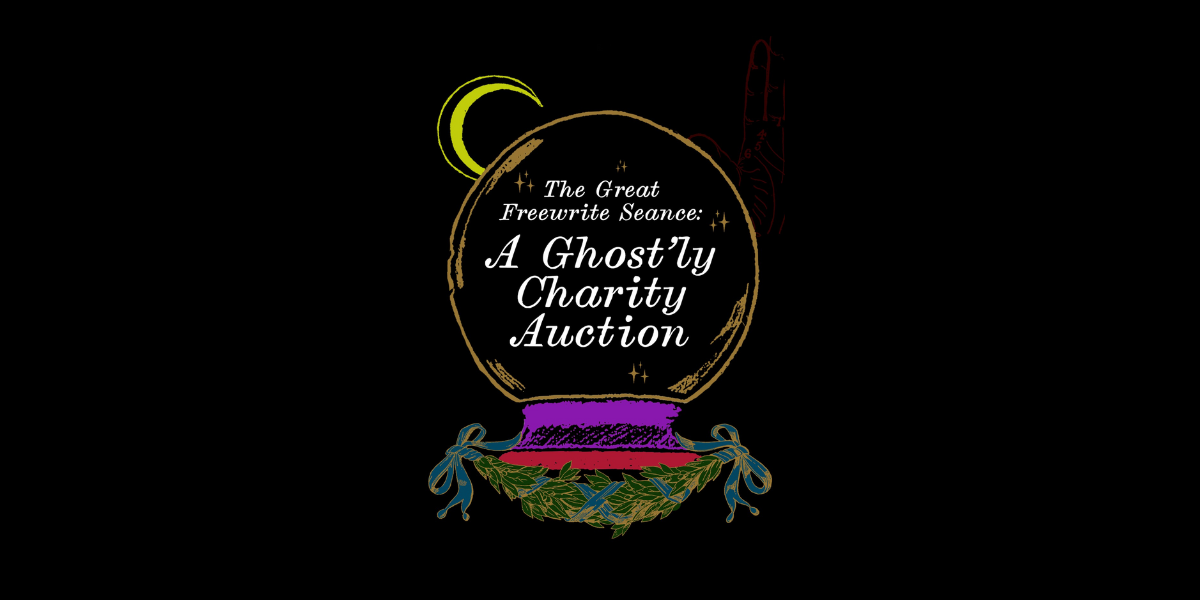It’s easy to picture J.R.R. Tolkien sitting down and cranking out one fantasy masterpiece after another. After all, that’s how we read and experience his stories today.
But in actuality, it took the writer 14 years and a very intensive writing process to complete the writings of Middle Earth we know and love today.

While he was writing The Hobbit, Tolkien simultaneously worked on the collected writings that would eventually become The Silmarillion. This would later serve as the “history book” of Middle Earth, detailing the races, languages, regions, geographies, and histories of this fantasy world.
This level of detail is no surprise to any Tolkien fan given his books usually include hand-drawn pictures of the monuments, layouts, ruins, and alphabets. But what may surprise even the most devoted Tolkien fans is that he came up with the world first — starting with the map — and then made a story to fit it. This exemplifies what Tolkien called his sense of “discovery.”
Let’s dig into four concepts that Tolkien relied upon to create his genre-defining world.
1. Tolkien Utilized Freewriting
Famously, Tolkien, a professor at the time, wrote the first sentence of The Hobbit — “In a hole in the ground there lived a hobbit” — on an unused sheet of paper from a student’s assignment. Inspiration and discovery can strike at any moment, even when you’re grading a mountain of undergraduate work or doing other monotonous tasks.
Trying to fit his massive world into a narrative, Tolkien would often get lost in the lore before he realized he had a story. For instance, he created the history behind the magical items for the wizards (the five rods) before the actual characterization of the wizards themselves. Gandalf was strangely absent in the first drafts of The Fellowship, yet became increasingly active as the journey continued, but Saruman, from the beginning, always commanded the tower of Isengard.
Tolkien, a professor at the time, wrote the first sentence of The Hobbit — “In a hole in the ground there lived a hobbit” — on an unused sheet of paper from a student’s assignment.
Tolkien had the tendency, often described in his letters to friends and family, to write something down, build a character around it, and then describe it as if a painter were painting a picture. One step leads to another, which happened so organically, Tolkien often forgot he did it.
For instance, he had no recollection of writing Ents into the world, though The Two Towers wouldn’t be the same without Treebeard.
In one of his letters, Tolkien recounts writing the first chapter of The Hobbit, forgetting about it, and then moving on to another chapter.
Tolkien was also a serial reviser, so a majority of his writing practice was to just get it down on paper, much like freewriting, or how a painter applies layers of paint. Eventually, it comes together in one cohesive image.
A majority of his writing practice was to just get it down on paper, much like freewriting, or how a painter applies layers of paint. Eventually, it comes together in one cohesive image.
2. Tolkien Revised Extensively
Tolkien went so far as to create several fictitious languages for his world, so it’s no surprise that he went through several concepts and drafts throughout his revision process. He celebrated change in almost every aspect of his writing practice, from changing the names of places and characters between drafts to even the routes the characters took on his hand-drawn map.
It’s noted in The History of Middle-Earth that a publishing assistant would have to collect Tolkien’s fresh pages before he had a chance to revise them because he had a hard time stopping. Perfectionism is truly a pain.
The publishing assistant would also track Tolkien’s edits (mainly names and locations) to see if they changed in the revision process. There’s probably no bigger change than with the king himself, Aragorn.
Originally, Tolkien had Aragorn penned as a Hobbit character called “Trotter.” However, he was perplexed how to make Trotter fit within the existing story. Frontloaded, it seemed Frodo had enough help to get him to Rivendell. So, eventually, Trotter transmuted from a hobbit to an elven ranger to a human ranger, and finally to the human ranger with kingly claims that we see in the series.
...A publishing assistant would have to collect Tolkien’s fresh pages before he had a chance to revise them because he had a hard time stopping. Perfectionism is truly a pain.
3. Tolkien Took Creativity Breaks
Look up any photograph of J.R.R. Tolkien and you’ll find at least two commonalities: he’s generally depicted surrounded by a library of books and usually with his pipe.
Tolkien — and his characters in The Lord of the Rings — smoked as a way to unwind and enjoy the simple comforts in life, a practice which was common at the time. As an Oxford professor and literature specialist, he also read widely. But perhaps most importantly, he let his creativity abound in other ways.
When he grew tired of writing, Tolkien would bounce to another project, like practicing the calligraphy of the Elvish alphabet or making detailed sketches of mystical landmarks he wanted the reader to precisely picture during their journey with the book.
In the early phases of Middle Earth, Tolkien would often start with a map and fill in its typography. The physical characteristics the map took on would later translate to physical obstacles his characters would have to overcome.
In fact, Tolkien frequently used a typewriter to write because his hand would cramp from too much pen work. In his letter writing to friends, which is another good break from your creative writing, he’d apologize for this correspondence not being a hand-written note.
Perhaps most importantly, [Tolkien] let his creativity abound in other ways.
4. Tolkien Knew Writing Is a Marathon
It took Tolkien fourteen years to fully complete The Lord of the Rings, including some additional Middle Earth books. In interviews, he says he created Sauron and Morgoth as an undergraduate, years before he penned the first sentence of The Hobbit.
This simply proves the old adage true — writing is a marathon, not a sprint.
In taking his time, Tolkien was able to create maps by hand, filled with geography, history, and incredible details. And, in doing so, he gave us one of the richest and most beloved fantasy series of all time.
Tolkien was able to create maps by hand, filled with geography, history, and incredible details. And, in doing so, he gave us one of the richest and most beloved fantasy series of all time.
[RETURN TO “WHAT WRITERS CAN LEARN FROM JRR TOLKIEN.”]
Resources
The History Zone. “Https://Www.Youtube.Com/Watch?v=mV9A50Bkf1A.” YouTube, YouTube, 1962, www.youtube.com/watch?v=mV9A50Bkf1A.
The Letters of J.R.R. Tolkien, edited by Christopher Tolkien and Humphrey Carpenter, HarperCollins, 1981.
Tolkien, J. R. R., and Christopher Tolkien. The History of Middle-Earth. Houghton Mifflin Harcourt, 2020.
Wayne G. Hammond and Christina Scull, The Art of The Lord of the Rings by J.R.R. Tolkien. London: HarperCollins, 2015.
Zaleski, Philip and Carol Zaleski. The Fellowship: The Literary Lives of the Inklings. USA: Farrar, Straus and Giroux, 2015.




























